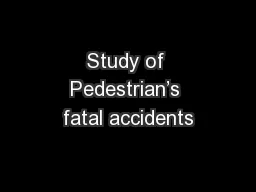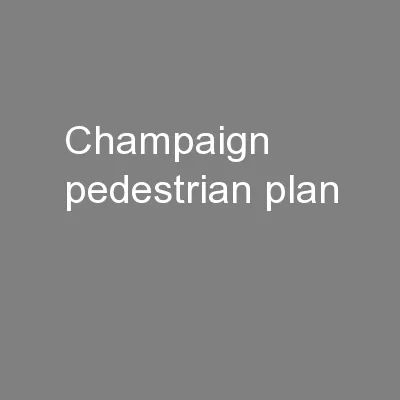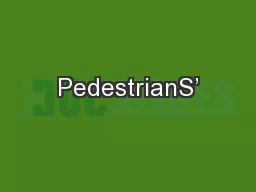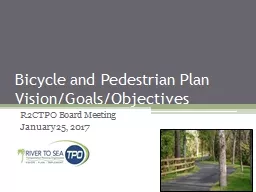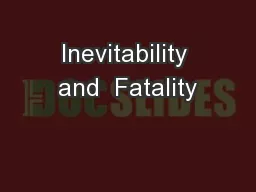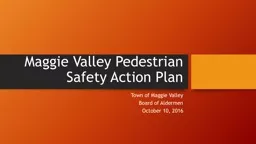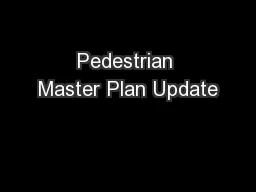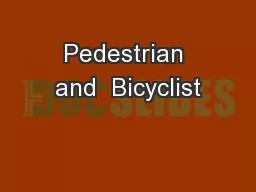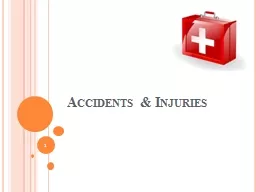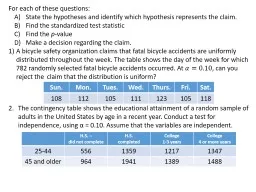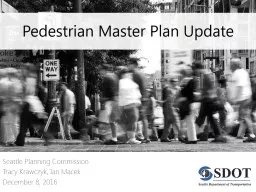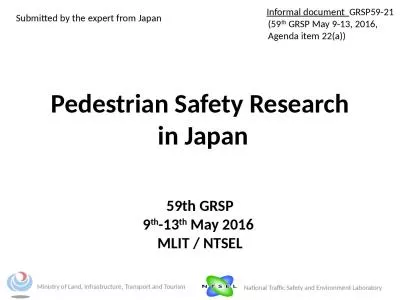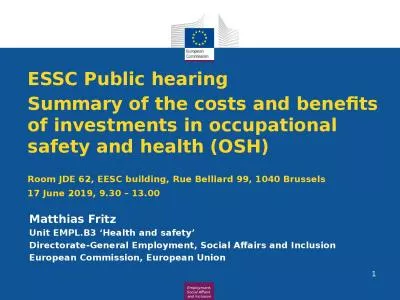PPT-Study of Pedestrian’s fatal accidents
Author : pamella-moone | Published Date : 2016-07-10
vs motor vehicles at low speed in Japan 109 th GRSG MLIT Japan 1 Informal document GRSG 109 20 109 th GR SG 29 Sept 2 October 2015 agenda item 6 Roadmap
Presentation Embed Code
Download Presentation
Download Presentation The PPT/PDF document "Study of Pedestrian’s fatal accidents" is the property of its rightful owner. Permission is granted to download and print the materials on this website for personal, non-commercial use only, and to display it on your personal computer provided you do not modify the materials and that you retain all copyright notices contained in the materials. By downloading content from our website, you accept the terms of this agreement.
Study of Pedestrian’s fatal accidents: Transcript
Download Rules Of Document
"Study of Pedestrian’s fatal accidents"The content belongs to its owner. You may download and print it for personal use, without modification, and keep all copyright notices. By downloading, you agree to these terms.
Related Documents

